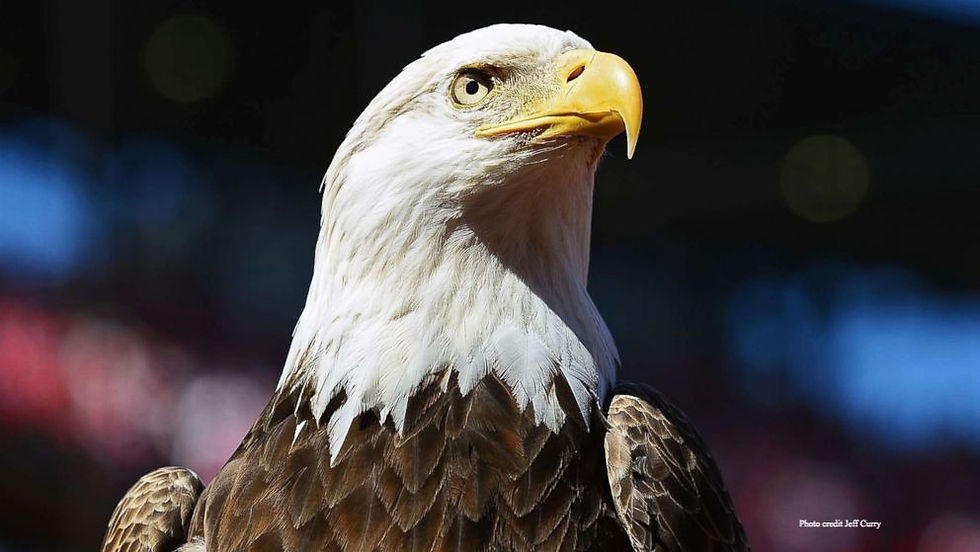The doggie doo dilemma
- cynthiamorissette
- May 4, 2021
- 2 min read
Good Morning Watershed Explorers,

The picture to the left showcases an unfortunate scene that my family and I have been seeing more frequently on our daily nature walks. Bags of dog waste are being left in the woods. Why? The person took the time to pick up the waste, why leave the bag behind?
One explanation, and the one that I like best, is that the person left the bag with the intention of going back to pick it up but then just forgot. At least he or she was trying to care for the environment. Some people feel that if they put the poop in a bag it's more visible to others so they don't step in it but they don't see the harm in leaving it behind. Even compostable bags like the one in the picture take years to break down if they are left in the open air. These bags act just like plastic and can cause many problems for wildlife. The dog waste is another story entirely.
Some people question why they should pick up dog waste at all. It's from an animal, right? Deer, rabbits, squirrels, fox, bear, and other mammals go to the bathroom in the woods, so why is a dog different? The other mammals described are important seed dispersers and their waste doesn't contain nearly the same amount of fecal coliform bacteria that dog waste does. Wild animals eat what is in their environment. This closed-loop system allows the nutrients that are already present in the watershed to be recycled when these mammals poop. Dogs eat commercial dog food which contains items that are not naturally present in watershed environments. If this waste is left behind it causes an unnatural balance of nutrients and can greatly harm the watershed area.
Studies have shown that one gram of dog waste contains 23 million fecal coliform bacteria, which is twice the amount found in human waste. High levels of fecal coliform bacteria in waterways signifies that the water is unsafe for swimming, and potentially other recreational uses as well. According to the American Pet Products Association 2017-2018 National Pet Owners Survey there are 89.7 billion dogs in the United States. Each dog creates just under a pound of dog waste each day. That is a lot of potential poop that could be left in watershed areas.
Dog waste is a problem, but it doesn't have to cause problems for our watersheds. PICK IT UP and THROW IT OUT! The Environmental Protection Agency has also noted that flushing dog waste (without the bag, of course) is also a suitable method of disposal. If you feel comfortable flushing your dog's waste this is even better for the environment as the waste will never hit the landfill. An important note: Cat waste should never be flushed. Cat waste contains a very harmful parasite that cannot be removed in the wastewater treatment process.
I hope that you found this post interesting. For more information, check out this fact sheet from Rhode Island Stormwater Solutions https://cfpub.epa.gov/npstbx/files/Pet%20care%20fact%20sheet.pdf
Have a great rainy day watershed explorers. Rainy days can be the best for outdoor exploration, especially in the spring when our amphibian friends are very active.
Much love,
Mrs. Morissette






Comments